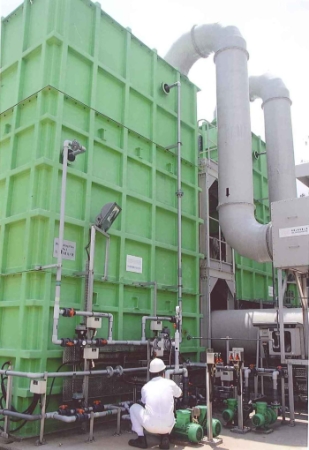Foreword |
|
Vision, Mission & Values |
|
Environmental Policy / Goals |
|
Responsibilities |
|
Environmental Management |
|
Environmental Performance |
|
Stakeholder Engagement |
|
Environmental Targets |
Environmental Performance |
|||||||||||||||||||||||||||
|
|||||||||||||||||||||||||||
|
|
Following the signing
of the Clean Air Charter by the Chief Executive of Hong Kong SAR
Government in November 2006, DSD formed an Energy and Emission Management
Team (EEMT) in early 2007. The team is headed by a Chief Engineer
with members from each branch at the senior professional level to
drive the initiatives on energy saving and emission reduction at
all front of our operations. The team met three times in 2008 to
promote and monitor effectiveness of measures on energy saving and
reduction in gas emission. |
|
|
Energy Saving Gas Emission Other measures for reducing gas emission include the use of biogas for recovery of heat and power, the use of hybrid or environmentally friendly vehicles, the use of ultra low sulphur diesel, and the turning off of idle engines. In 2008, 6.3 million cubic meters of biogas were converted to 12 million kWh of heat and 9.4 million kWh of electricity. Odour Management DSD tackled the odour problem by increasing the frequency of pumping, and addition of chemicals in pumping station to prevent the production of hydrogen sulphide by the anaerobic bacteria. In our sewage treatment works, we covered the surface from which odour was generated and purified the air by wet chemical scrubber, activated carbon or bio-trickling filter deodorization system. As a result of these measures, the number of complaints on odour from our facilities reduced by more than 50% in 2008. |
|
